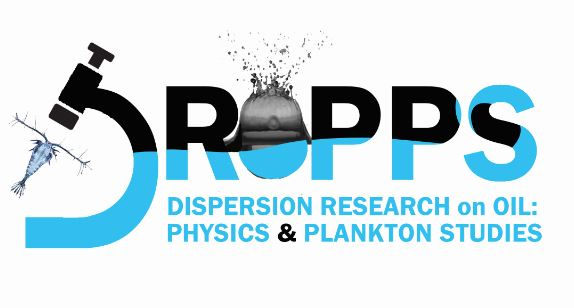November 2021
. Cascade random-quasi-phase-matched harmonic generation in polycrystalline ZnSe. Journal of Applied PhysicsJournal of Applied Physics [Internet]. 124 (24) :243102. Publisher's Version
. Nuclear Astrophysics with Lasers. Nuclear Physics NewsNuclear Physics News [Internet]. 29 (3) :9 - 13. Publisher's Version
Streaked optical pyrometer for proton-driven isochoric heating experiments of solid and foam targets. AIP AdvancesAIP Advances [Internet]. 10 (4) :045220. Publisher's Version
. Characterization of laser produced hot electron propagation via coherent transition radiation in cold and warm dense aluminum. Physics of PlasmasPhysics of Plasmas [Internet]. 27 (12) :123105. Publisher's Version
Experiments and simulations of isochorically heated warm dense carbon foam at the Texas Petawatt Laser. Matter and Radiation at ExtremesMatter and Radiation at Extremes [Internet]. 6 (1) :014403. Publisher's Version
. Emission of electromagnetic waves as a stopping mechanism for nonlinear collisionless ionization waves in a high-$\ensuremath{\beta}$ regime. Physical Review EPhys. Rev. E [Internet]. 103 (2) :023209 - . Publisher's Version



